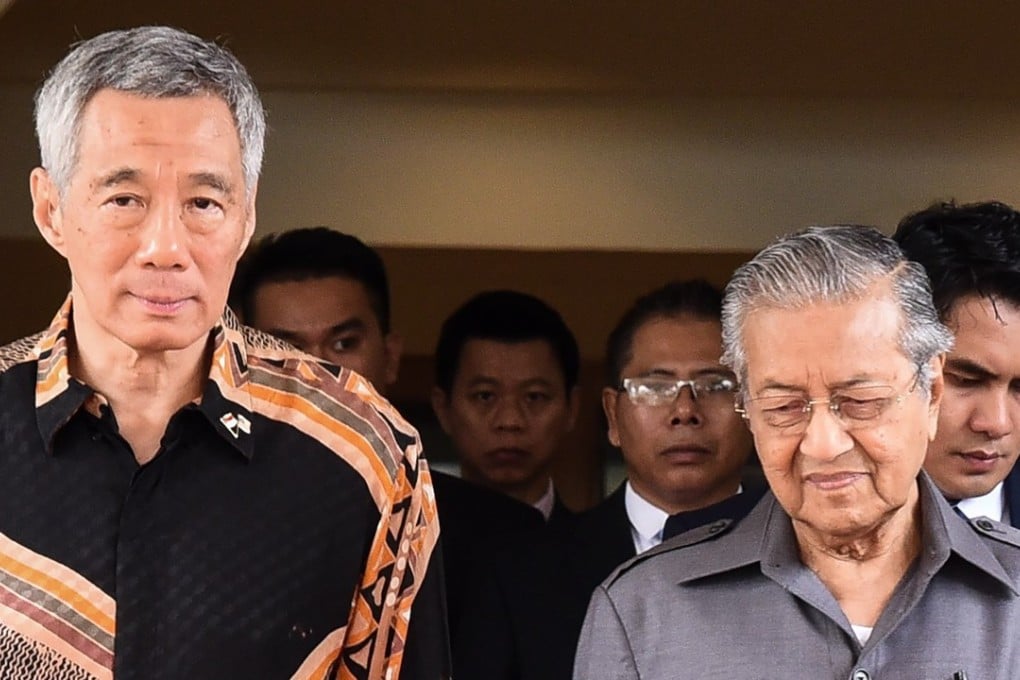Malaysia refuses to back down over air and sea boundary disputes with Singapore
- Hopes of a swift resolution have been dashed by Kuala Lumpur’s firm stance on both fronts
- But the neighbours remain hopeful that their differences can be ironed out through negotiations

Malaysia said it did not agree with Singapore’s demands over the maritime border dispute but was willing to take steps to de-escalate the situation and handle matters “in a calm and peaceful manner”.
The statement came after a week of ratcheting tensions as both sides traded accusations and Singapore reported repeated incursions into its sea boundaries by Malaysian vessels, insisting on their immediate withdrawal.
Commenting on the latest exchange on Monday, Mustafa Izzuddin, an expert in Singapore-Malaysia ties from Singaporean think tank ISEAS-Yusof Ishak Institute, said one hopeful note to the latest round of statements was that both nations said they preferred a diplomatic route and an amicable solution.
“What we now have to wait and see is whether the negotiation can take place without the precondition of Malaysia withdrawing its vessels from the territorial waters asserted by Singapore as belonging to them,” he said.